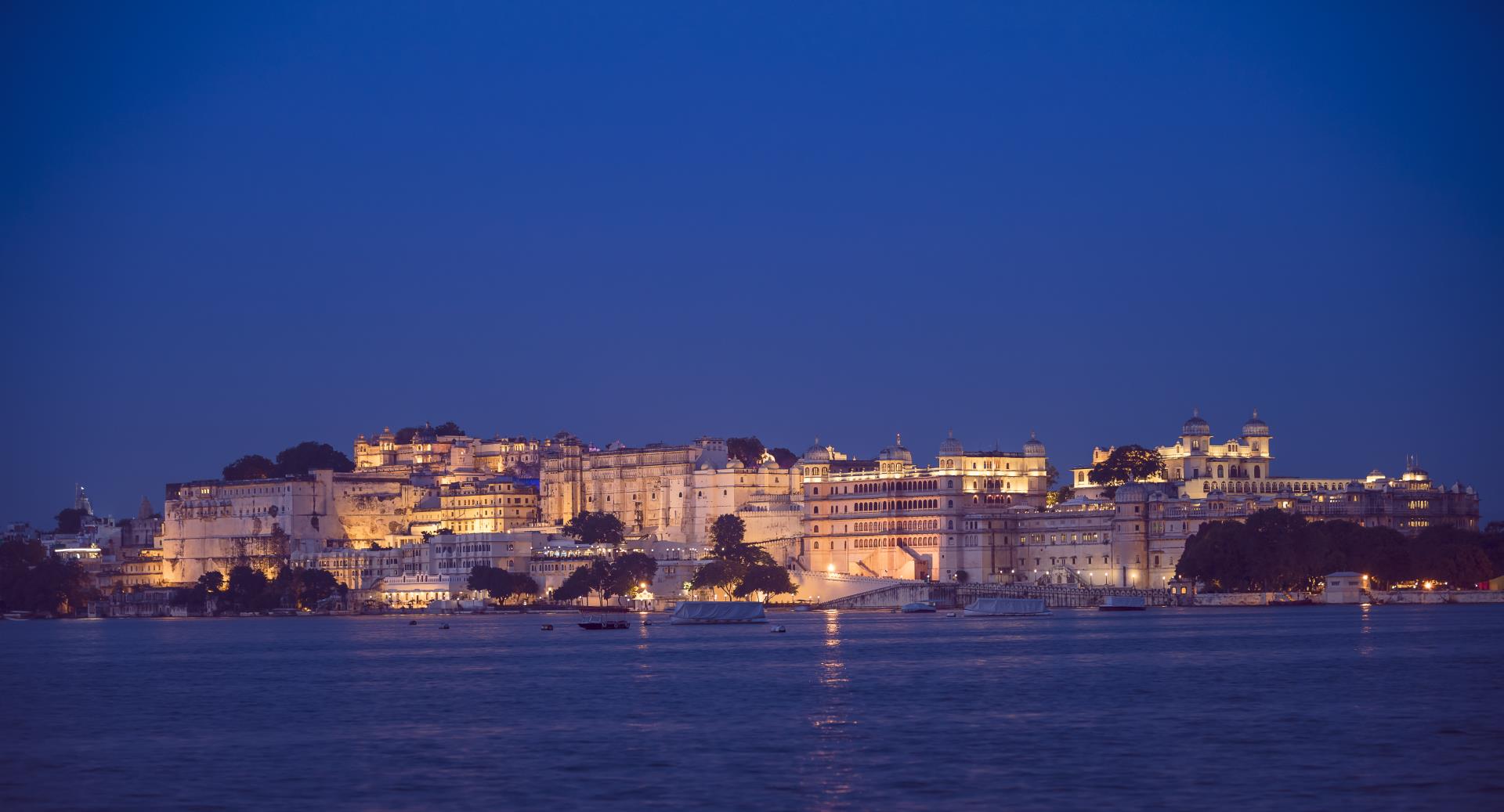
Sorry, we couldn't find anything that matches your search.
Destination

Famous Places to Explore in Hyderabad
A vibrant city with the imposing...

Raipur Tourist Places | Best Place to Visit
The stronghold of several erstwhile...

Ahmedabad
Declared as India's first UNESCO World...
#
Haldighati
A picturesque mountain pass, around an hour away from Udaipur, Haldighti is famous for several wars that were fought here, the most legendary being the battle of 1576, between Rana Pratap Singh of Mewar and Mughal emperor Akbar's army. It is said so many soldiers died in this batle that the yellow coloured soil (from which the place derives its name) turned red.
It is also the place where the gallant Chetak, the beloved horse of Maharana Pratap, lost his life while trying to save the king. There is a cenotaph built in pure white marble, dedicated to Chetak. About 40 km from Udaipur, today Haldighati is a place where legends come to life. Nearby is Badshahi Bagh, famous for gulkand, a sweet jam-like preparation made from rose petals.

Ahar
Located on the outskirts of Udaipur, Ahar, which looks like a city of tombs, is the cremation ground of the rulers of Mewar. Also a renowned archaeological site, Ahar has 372 cenotaphs of kings and queens of Mewar and was built over 400 years. Nineteen maharanas were cremated here, and the most striking cenotaph is that of Maharana Sangram Singh (1710 to 34). These cenotaphs are made of marble with fine carvings etched into them. The cenotaph of Sangram Singh has 56 pillars with an octagonal dome at the centre supported by eight smaller pillars. Nearby is a small museum with a rare collection of antiques. The archeological museum houses antiques that date back to the 10th century. Some of them include earthen pots, iron objects, etc. There is also a metal figure of Lord Buddha that dates back to the 10th century along with grain pots, skin scrubbers, balls and seals belonging to 1st century BC.

Bagore Ki Haveli
Standing on the waterfront of Lake Pichola at Gangori Ghat is the stunning Bagore ki Haveli. Constructed in the 18th century by Amar Chand Badwa, the then Prime Minister of Mewar kingdom, Bagore Ki Haveli was a private property till India's independence. Today, this mansion with ostentatious architecture, is a museum. Reflecting Mewar’s rich heritage, Bagore ki Haveli has an assortment of huge courtyards, balconies, jharokhas, archways, cupolas and a fountain. With around 138 rooms, the interiors of the Haveli are decorated with alluring glasswork and murals, including the chambers of the royal ladies, renowned for intricate stained glass windows.
The marvels of architecture are visible as one enters the high gates of the haveli, being welcomed into an attractive courtyard with a double-layered lotus fountain at its centre. As you walk inside, a row of rooms on the right offer splendid views of Lake Pichola. The haveli has three chowks: Kuan Chowk, Neem Chowk and Tulsi Chowk, the latter reserved for women of the family. The Kanch Mahal (mirrored passage) and Durrie Khana were areas used only by the men of the family. Diwan-e-khas was the largest chamber.

The Lake Palace
Located at the heart of Lake Pichola, the ethereal Lake Palace seems like a mirage, a dream in white floating in the brilliant blue of the lake. And every sunrise and sunset, the palace seems to melt into the molten gold of the shimmering waters.
Built on a four-acre Jag Niwas island between 1743 and 1746 under the supervision of Maharana Jagat Singh II as his summer palace, this white marble palace was originally known as Jag Niwas. Later, it was used as the summer resort by the descendants of Jagat Singh. Today, it houses a five-star hotel.

Jag Mandir Palace
Often referred to as the 'Swarg Ki Vatika' or the garden of heaven, this beautiful palace is said to have inspired the Taj Mahal. Built on the Jag Mandir Island, about 800 m south of Jagniwas, this three-storeyed palace was built by Maharana Karan Singh II in 1620 and later completed by his son. Built in yellow sandstone and marble, it is said the king built it as a hiding place for Mughal emperor Shah Jahan, before he ascended the throne. Legends say, Shah Jahan, who was then known as Prince Khurram lived here with his wife and sons. Maybe a reason why Gul Mahal, the section in which the prince lived, has strong traces of Islamic architecture, including the crescent. A mosque was also constructed here. Gu Mahal has a stunning courtyard with checquered black and white tiles. Folklore says, the Mughal prince was so impressed with the architecture of the palace, especially its pietra dura (stone mosaic) work, that when he used it in Taj Mahal in Agra.
The other attractions here are the life-sized marble elephants, Bara Patharon ka Mahal, Kunwar Pada ka Mahal, Zenana Mahal and beautiful flower gardens. It also has a museum that offers a glimpse into the history of this island and the palace. Interestingly, most locals also refer to it as Octopussy's house, referring to the 1983 James Bond film Octopussy, which was shot at several palaces in Udaipur.









